- Locate a viable source near the community
- Test the quantity and quality of the water at the source
- Measure approximately 4,635 meters of the future water system
- Place stakes at 100 meter intervals to mark the future system
- Plan 159 household connections to the system
To ensure the sustainability of the project, a Basic Sanitation Committee and a Water Council were established and trained by Water Brigades.


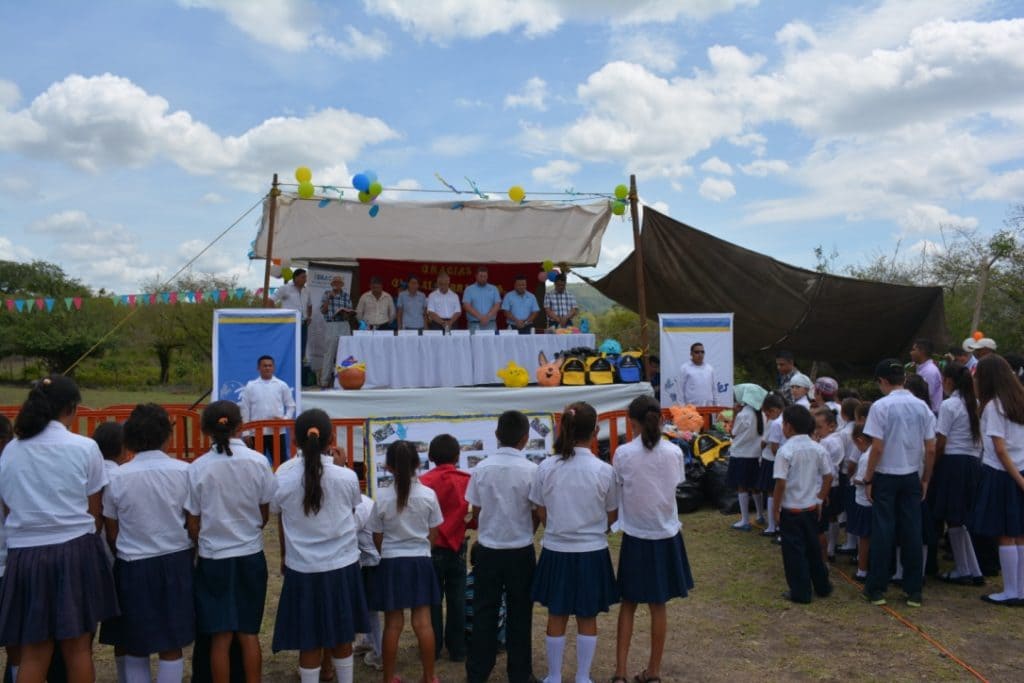
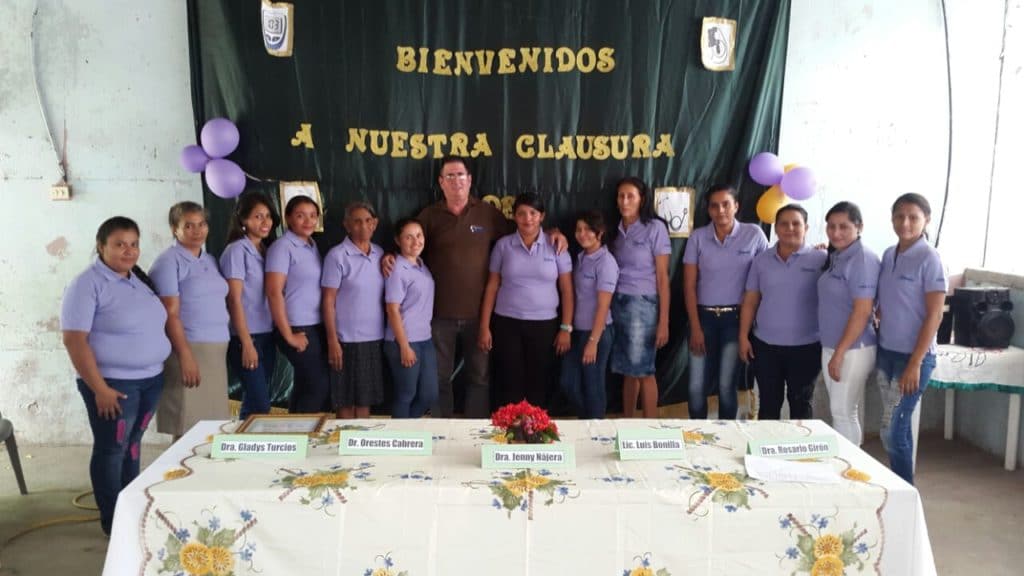 COMMUNITY HEALTH WORKERS:
COMMUNITY HEALTH WORKERS: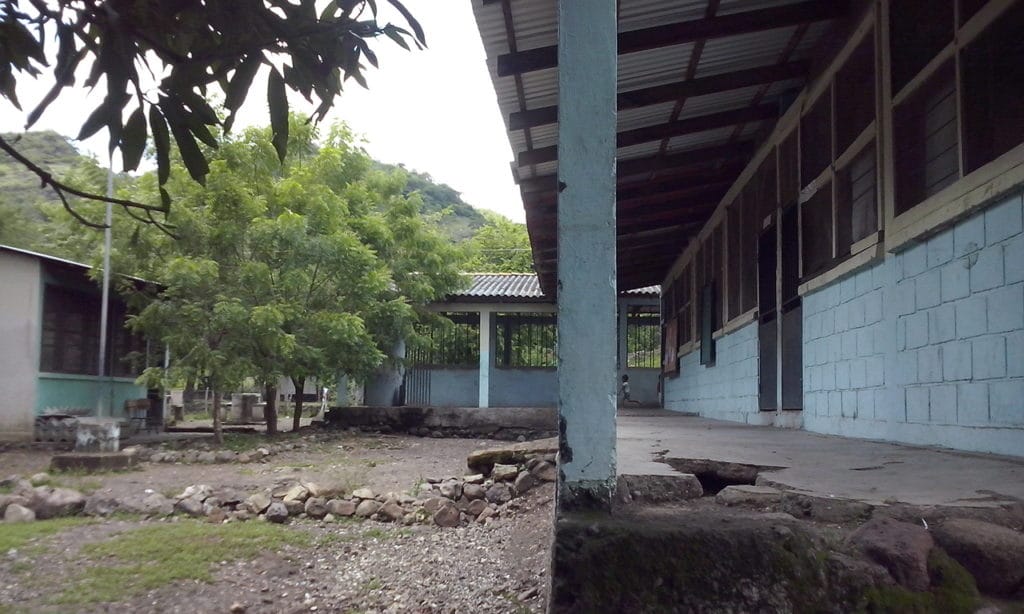
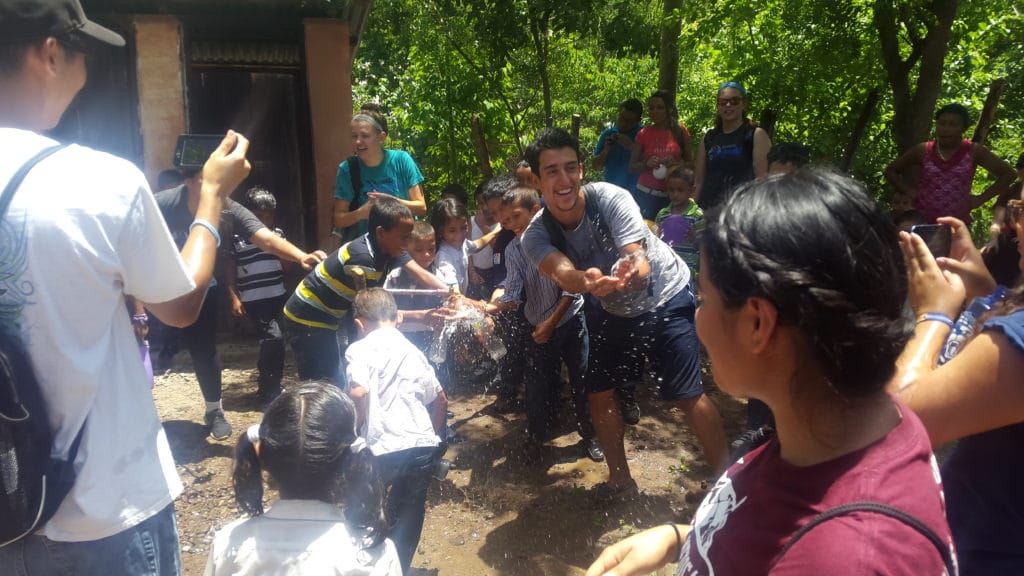 LOS HATILLOS 1’S ENGINEERING SOLUTION:
LOS HATILLOS 1’S ENGINEERING SOLUTION: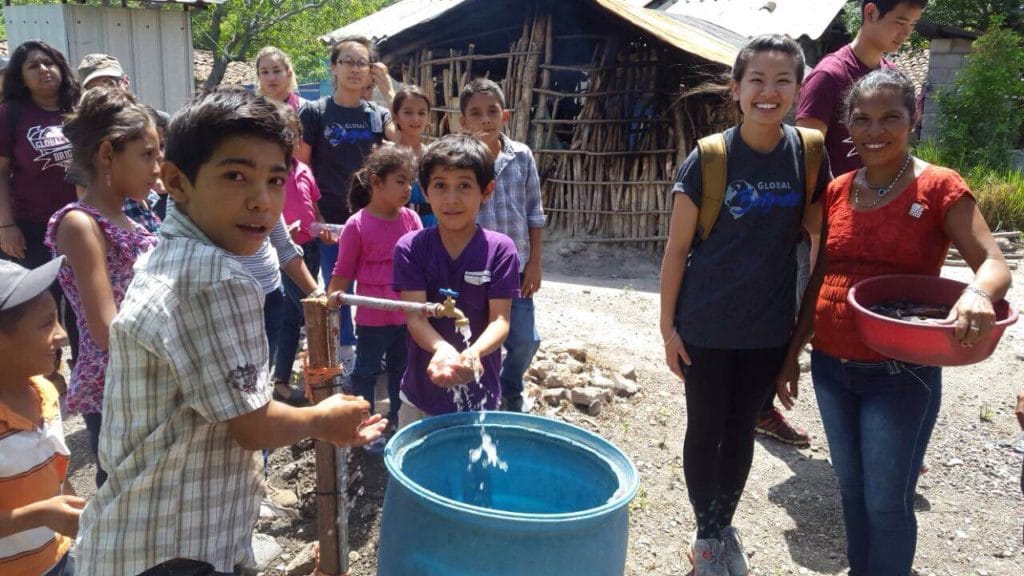
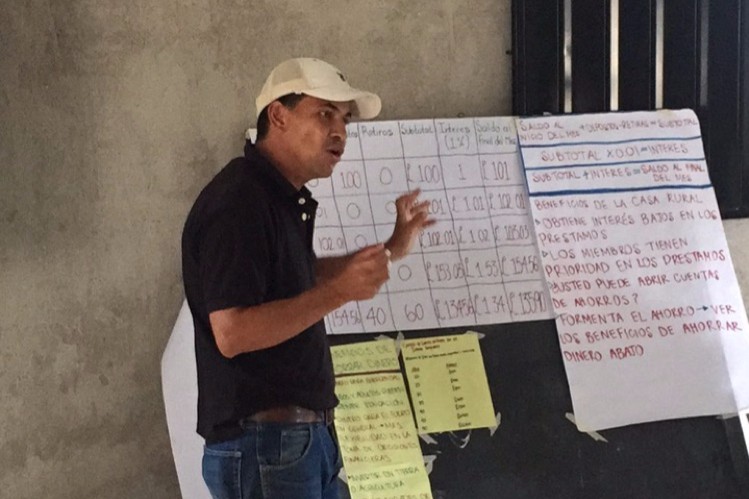 LOS HATILLOS 1’S MICRO-FINANCE SOLUTION:
LOS HATILLOS 1’S MICRO-FINANCE SOLUTION: